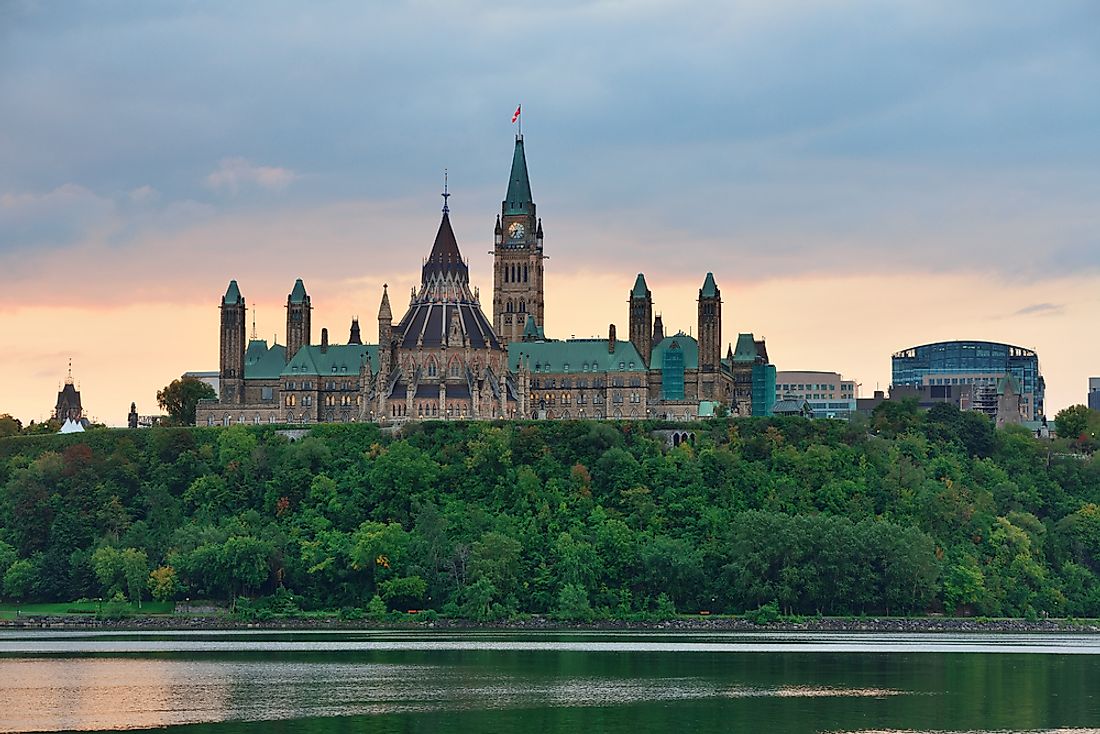The Three Levels of Government in Canada

The administration duties in Canada are fulfilled by the federal government in addition to the provincial and the municipal governments. Each of the levels of government is mandated to fulfill specific responsibilities by legislation. The powers of the three levels overlap in some areas.
Federal Government Of Canada
The federal government of Canada sits in Ottawa as the country’s national government. The term can be narrowly interpreted to mean the Cabinet while a broad definition encompasses both the Cabinet and the Public service. The Governor General and the Prime Minister are at the helm of the federal government. The Governor General represents the Queen while the Prime Minister oversees affairs of the executive branch. The House of Commons and the Senate undertake legislative duties. The federal court system features institutions such as the Federal Court of Appeal, the Tax Court, the Supreme Court, and the Federal Court. The federal government has a mandate over matters of national interest which include citizenship, international trade, national defense, taxation, currency, foreign affairs, banking, aboriginal peoples, economic, criminal law, international treaties, and marriage and divorce.
Provincial Governments Of Canada
10 provincial governments in Canada are authorized to handle sub-national governance. The Constitution Act 1867 outlines the powers and responsibilities of the provincial governments. Although the structures of the provincial governments may differ from province to province, they feature several fundamentals. Legislative functions are carried out by one chamber of parliament which may be referred to as the National Assembly, Legislative Assembly, or the House of Assembly. The provinces are divided into electoral regions from which one member is elected as a legislator. The political party which gets the most representatives assumes power as the governing party and its leader becomes the province’s Premier. The Premier selects the ministers to constitute the Cabinet. The provincial Head of State is the Lieutenant Governor. Civil and criminal law in the provinces are enforced by provincially established courts. The scope of provincial governments include housing, healthcare, natural resources, public health, transportation infrastructure, administration of justice, enforcing bylaws, hydro services, industry, immigration, and income support. The provincial governments also oversee municipal institutions and the sale and management of the public lands owned provincially. The provincial governments deal with the solemnization of marriages and the incorporation of companies with provincial goals.
Municipal Governments Of Canada
Canada has an estimated 3,700 municipal governments that are created by a province or a territory. A municipality can either be a city, town, district, village, or a township. Municipal governments enjoy a level of autonomy although the bylaws they pass can be changed by the provincial governments. Some provinces have a second tier of municipal government called a county of regional municipality. Municipal governments commonly operate bus and trains services and manage small roads and tracks. Other municipal powers include management of firefighting stations, administering commercial, industrial, and residential zones, collecting municipality taxes, public utilities, local land use, and local police.
Administration Issues
The federal and provincial governments have collided in several instances. The province of Quebec has famously opted out of the national program in some issues. In the event that the roles of the two governments are not clearly defined, the federal government deals with the question at hand by default. Language and culture are recognized as some of the country’s political issues. While most provinces operate in English for example, Quebec operates in French.











